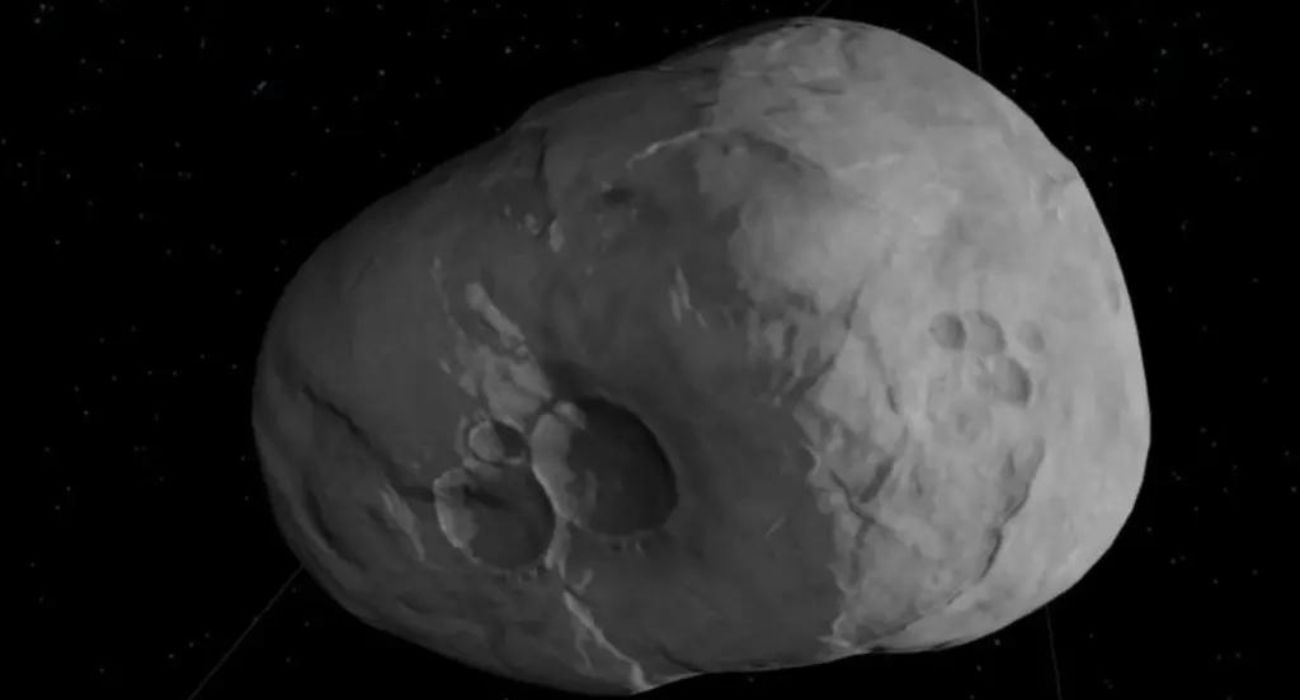A large asteroid could hit Earth much sooner than expected.
NASA scientists have predicted that a fairly large asteroid has a “small chance” of impacting the Earth in 2046. Scientists predict this asteroid’s possible arrival date would be February 14, 2046.
The asteroid, 2023DW, is estimated to be about 161 feet in diameter and is currently 0.12 astronomical units (au), or about 11 million miles, from the planet. The asteroid should make its closest approach to the Earth at a distance of 0.05 au or about 470,000 miles.
The European Space Agency is currently tracking 1,449 near-earth objects that are at risk of impacting the planet. Asteroid 2023DW is at the top of this ranking.
Astronomer Piero Sicoli, who specializes in near-earth objects, posted an image of the asteroid and said that NASA’s Jet Propulsion Laboratory predicted a one in 1,200 chance of impact in February 2046.
Sicoli also said in another tweet that he calculated a one in 400 chance of impact on the designated day. Sicoli charted possible impact sites based on preliminary observations as an exercise.
Sicoli said that these predictions, however, are likely to change.
“Thanks to the computational speed of computers, it is now possible to process tens of thousands of orbit-clones and thus estimate how many solutions lead to an impact,” said Sicoli, according to Vice News. “In the specific case of my graph, for example, I have processed almost 65,000 different possible orbits of 2023 DW and only 150 of these indicate an impact.”
This means there is a “99.77% chance the asteroid will miss the Earth,” Sicoli continued.
Despite the possibility of impact, the asteroid does not represent a large threat.
This asteroid is currently rated as number one on the Torino Impact Hazard Scale. With its current rating, the asteroid “poses no unusual level of danger.”
NASA also commented on 2023DW.
“Often when new objects are first discovered, it takes several weeks of data to reduce the uncertainties and adequately predict their orbits years into the future,” said NASA in a tweet.
NASA said that it would continue to monitor the asteroid and provide updates as data becomes available.






